#Boston developers
Explore tagged Tumblr posts
Text
Boston Developers Freeze $800M in Projects as Interest Costs Wipe Out Margins

Key TakeawaysSoaring interest rates have caused an $800 million freeze in Boston development projects, severely impacting iconic areas like Back Bay.Increased construction costs and restrictive bank lending contribute to the growing fear of squatters and ongoing market instability.The possibility of diminishing federal aid and rising vacancies spell trouble for the city's innovation sectors, with Suffolk Downs serving as a stark reminder of these challenges. Challenges Facing Boston’s Development SectorBoston developers are in turmoil as $800 million worth of projects halt, eroded by soaring interest rates. Iconic areas like Back Bay face eerie quiet, with absent workers and plummeting demand. Tight bank lending and spiraling construction costs deepen woes, intensifying squatter fears.Federal aid may vanish, while rising vacancies plague innovation hotspots. Suffolk Downs stands as a stark reminder of instability. The clock ticks amidst these challenges, suggesting more revelations lie ahead.Developers Halt Projects Amid Economic ChallengesBoston's real estate market is teetering on a knife edge, as developers hit the brakes on numerous high-profile projects. Current conditions are fraught with uncertainty, with around $800 million worth of developments suddenly suspended. The financial environment is unforgiving, with high interest rates eroding profit margins and raising alarms about project viability. Developers are also increasingly concerned about title fraud and squatting risks that complicate ownership and deter investment enthusiasm.Interest costs are not just a nuisance; they're a profound barrier. Boston's skyline, dotted with landmarks like the Prudential Center, may soon see fewer new additions. Developers face rising construction costs, compounding the storm of economic uncertainty. As banks tighten the purse strings, optimism fades, and once-promising projects are left in limbo on the drawing board.Previously bustling regions like South Station are eerily quiet. The pandemic-induced shift toward remote work has hollowed out the demand for traditional office spaces. Fewer workers in the Back Bay and the Financial District translate into softer property values and dwindling commercial interest. This shift makes it arduous to justify continuing forward with expensive development projects. Real estate investing offers avenues where strategies like mobile home investments align with market demands, possibly appealing to developers seeking new opportunities.The lab leasing market isn't immune either. Vacancies are climbing in locations once considered hotspots for innovation. Spaces awaiting tenants in the Harvard Enterprise Research Campus paint a vivid picture of the current challenges. Diminished foot traffic impacts local economies, causing developers to rethink strategies. Economic pressures are further exacerbated by concerns over federal aid withdrawal, which could endanger funding for infrastructure and housing projects.Economic factors compound the issue. The city grapples with the specter of new regulations and tax hikes, which were meant to stabilize but now threaten to tip the balance. Legislative acts to extend building permits may offer temporary solace, but uncertainty prevails. Developers hold their breath, waiting for market conditions to reveal a more favorable outlook.Projects like the Suffolk Downs redevelopment, iconic in their ambition, are now barometers for Boston’s real estate health. The high cost of capital stalls projects and stifles growth. The fear is palpable, as each stymied development becomes an indication of the precarious nature of the market. Investors and developers alike feel the vise closing in as they maneuver through this new reality.Without a clear view of future demand, developers tread cautiously. Reduced consumer spending due to economic uncertainty casts long shadows over potential projects. The viability of new developments subjected to the whims of market fluctuations scares even seasoned investors.
As long as these elements persist, the risk of stagnation looms large.Boston, a city that prides itself on resilience, finds itself at a crossroads. The enduring image of cranes and construction zones may soon fade if current trends continue unabated. Developers' hesitancy amplifies this fear; a watchful pause becomes the new norm. With each passing day, the urgency to act mounts, creating an atmosphere ripe with tension.Rising costs and economic uncertainty sound the alarm. The stakes are high, and the call to action rings louder. The current trajectory, if not corrected, could lead to significant long-term consequences for Boston's real estate environment. Investors and stakeholders alike must reckon with the reality that swift and informed decisions are essential in maneuvering through these turbulent times.AssessmentAs the silence echoes across Boston's construction sites, a financial storm looms ominously over the city. The Prudential Tower stands tall yet quietly foreboding, a reminder of past growth in danger of vanishing.With interest rates soaring, profit margins are getting wiped out, causing an $800 million freeze in development projects. Investors are left grappling with a pressing question: should they adapt to these harsh market forces, or risk being overtaken by them?Boston's development future hangs by a slender thread, and there's no time for complacency. The city's economic pulse is at stake. It's crucial for investors and stakeholders to take decisive action and steer the city towards stability and growth. Have an idea or a strategy to combat this? Now's the time to jump on board and make a difference.
0 notes
Text
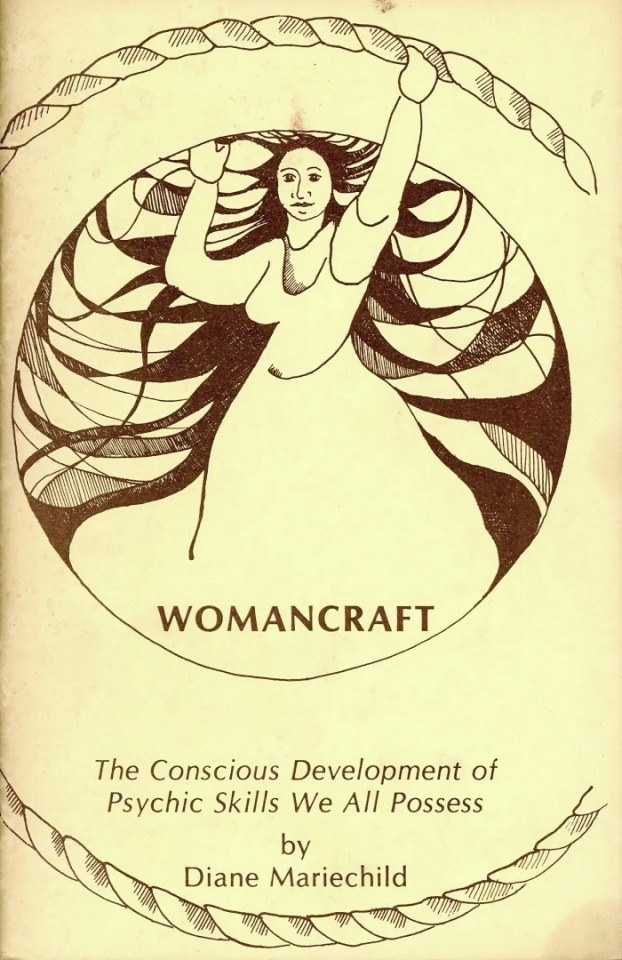
Diane Mariechild - Womancraft: The Conscious Development of Psychic Skills We All Possess - self published - 1976
#witches#psychics#occult#vintage#womancraft#woman#craft#conscious development#psychic skills#self published#diane mariechild#boston#1976
50 notes
·
View notes
Text

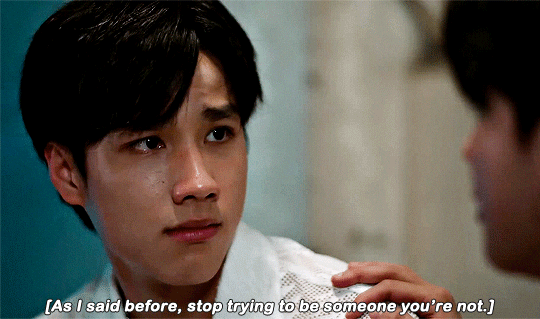

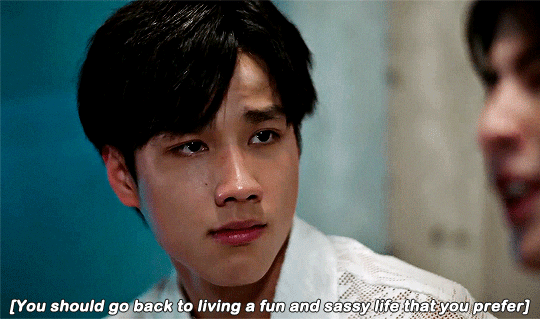

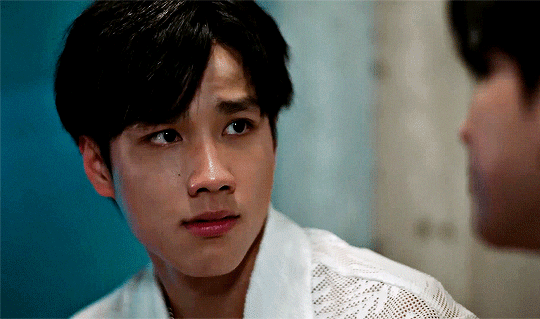

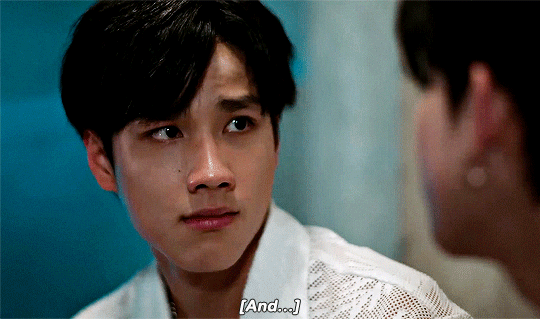


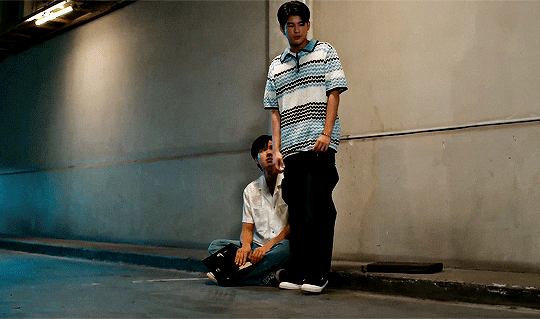
I've got you a New Year present. What for? Just take a look. Look. You are so damn cute in this picture. I told you if the picture was taken by someone who really knew your angles, it'd be as nice as this one. Thank you. Um. But I don't think I can take it. And I'm not taking your offer. Why not? I think I’ll come back to loving myself more than I love you. Hey, Nick. I'm sorry. I will not kiss anyone else ever again. I'll have only you. I really am sorry. Don't be. I'm over that. And don't blame yourself. Listen to me, Ton. I'm not picking at you or anything.
ONLY FRIENDS | EP12
#mark pakin#neo trai#only friends#bostonnick#only friends the series#ofts#yk i think it was actually a good ending for them#boston just isn't monogamous and that's okay#and nick doesn't want to live the poly life which is also okay#nick chose himself over his love for boston which is CHARACTER DEVELOPMENT™#and boston just needs to find someone who is okay with an open relationship#HOWEVER i did want to learn more about nick as a character aside from his love for boston#my edits#onlyfriendsedit
393 notes
·
View notes
Text
i’ve been re-reading the american girl history mysteries on and off here and well. let’s just say that miss brown and miss guerrier from under copp’s hill sure seem gay
#i’m only a few chapters in so let’s see how this develops#but they share an apartment together#and are running a settlement house together#a notoriously queer activity#also this book is set in boston so like#in my mind the author is making a joke about boston marriages#american girl history mysteries#books#from my slate#ag#agblr#american girl#american girl doll
75 notes
·
View notes
Text
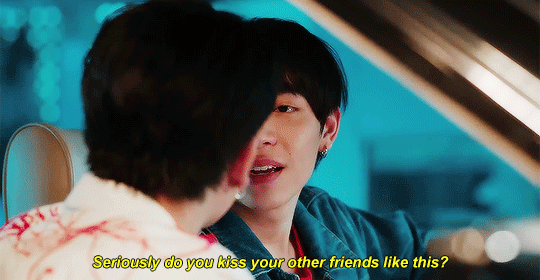


*narrator voice* turns out, he did.
#only friends#only friends series#only friends ep3#ofts#firstkhao#sand x ray#first kanaphan#khaotung thanawat#gmmtv#jdskhfksd i choked on my noodles at that preview#and i thought boston's picture was photoshopped 😭😭😭#damn they really said lets make it MESSY messy huh#please.......#although i have to say the mew x ray plot is the weakest of the show so far#its very under-developed compared to the other stories#and im not sure if its supposed to be that way or not#because during promos they really highlighted that part#but so far i cannot tell that ray is in love with mew lol#its also possible that it will be told in the past though#since they hinted at the fact that all this happened 2 years ago including the kiss#but we shall see#i thought it was gonna be a bigger story i guess#but were also on episode 3 which is insane because it feels like this shits been around for months#i really have it bad lmao#probably because its been occupying my brain since november 22nd 2022
372 notes
·
View notes
Text
wait. is bonnie from new england. is that why kitt has a boston accent
#I don't know if we have a full timeline of kitt's construction vs bonnie's involvement in the project#(since there's a trio of 'original' scientists they brought in during JYD to help rebuild him)#but like. her sister is getting married in boston in this ep. she went to MIT.#did KITT pick up a boston inflection while she worked on his coding or early speech development...#kr#knight rider#(the fact that the accent is kind of non-existent in s1 notwithstanding lol)
8 notes
·
View notes
Text
hello…. seeking oomfs…..
it’s been Years since i’ve used tumblr to fandom post and i’m really a fan of so many things but I want to make my way back :,) i tagged some things i like :]
#search party#jeff rosenstock#death rosenstock#pup the band#dan and phil#drawfee#dungeon meshi#craig of the creek#carly rae jepsen#underscores#the altogether#not another dnd podcast#naddpod#kate berlant#the muppets#arrested development#succession#wolf 359#greater boston#ace attorney#infinity train
31 notes
·
View notes
Text
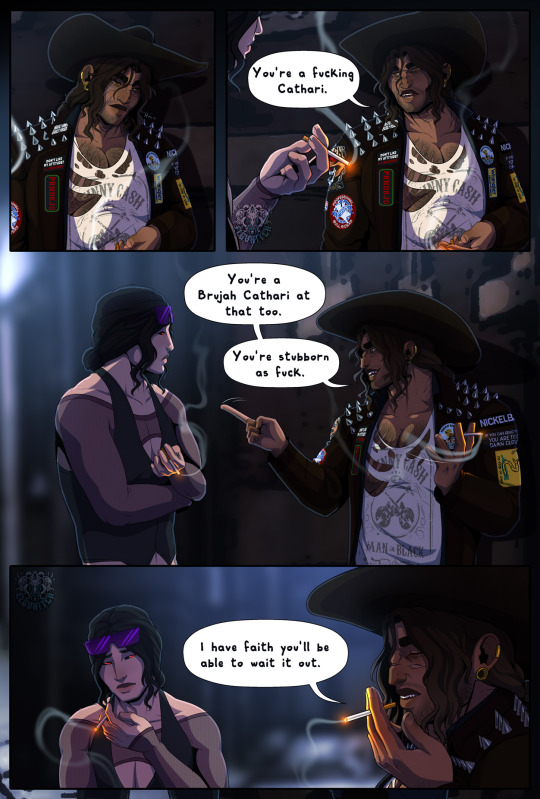
Options - 3 / 3
<< Previous | Start
PHEW got this done just in time for the next session. only one single member of the coterie has seen Virgil genuinely smile and it's probably going to stay that way for a good long bit.
#scheduling this to post while im in session HERES HOPING NOTHING GETS FUCKED UP#violence and the coterie tzimisce and the boston prince are all planning to siege the tremere in the future <3#please god tell virgil he would be SOOOO down for helping gut some awful awful camarilla tremere#he's developing a soft spot for violence after realizing she is 2 Months Embraced and knows nothing and just lost her sister and pack leade#my art#artists on tumblr#digital art#digital drawing#original character#vampire#vampire: the masquerade#cowboy#vampire oc#vtm v5#vtm brujah#vtm sabbat#vtm art#vtm oc#comic#virgil lawrence
13 notes
·
View notes
Text



It smells good, doesn't it? No!
#cooking crush the series#off jumpol#neo trai#peachblossomgifs#food cw#offgun cooking romcom!#I also love Neo's character so far!#He's v different from boston & it's fun to see him back in a romcom#i feel like he has developed as an actor#or maybe I just have a new appreciation for him
21 notes
·
View notes
Text
The regions racing to become the “Silicon Valley” of an aging world
New Post has been published on https://thedigitalinsider.com/the-regions-racing-to-become-the-silicon-valley-of-an-aging-world/
The regions racing to become the “Silicon Valley” of an aging world


In 2018, when Inc. Magazine named Boston one of the country’s top places to start a business, it highlighted one significant reason: Boston is an innovation hub for products and services catering toward the aging population. The “longevity economy” represents a massive chunk of economic opportunity: As of 2020, the over-50 market contributed $45 trillion to global GDP, or 34 percent of the total, according to AARP and Economist Impact.
What makes Boston such a good place to do business in aging? One important factor, according to the Inc. story, was MIT — specifically, MIT’s AgeLab, a research organization devoted to creating a high quality of life for the world’s growing aging population.
Inspired by that claim, AgeLab Director Joseph Coughlin, AgeLab science writer and researcher Luke Yoquinto, and The Boston Globe organized a yearlong series of articles to explore what makes Boston such a fertile ground for businesses in the longevity economy — and what might make its soil even richer. The series, titled “The Longevity Hub,” had a big goal in mind: describing what would be necessary to transform Boston into the “Silicon Valley of aging.”
The articles from the Globe series stand as a primer on key issues related to the wants, needs, and economic capabilities of older people, not just in Boston but for any community with an aging population. Importantly, creating a business and research environment conducive to innovation on behalf of older users and customers would create the opportunity to serve national and global aging markets far larger than just Boston or New England.
But that project with the Globe raised a new question for the MIT AgeLab: What communities, Boston aside, were ahead of the curve in their support of aging innovation? More likely than Boston standing as the world’s lone longevity hub, there were doubtless many international communities that could be identified using similar terms. But where were they? And what makes them successful?
Now The MIT Press has published “Longevity Hubs: Regional Innovation for Global Aging,” an edited volume that collects the original articles from The Boston Globe series, as well as a set of new essays. In addition to AgeLab researchers Coughlin, Yoquinto, and Lisa D’Ambrosio, this work includes essays by members of the MIT community including Li-Huei Tsai, director of the Picower Institute for Learning and Memory; the author team of Rafi Segal (associate professor of architecture and urbanism) and Marisa Moràn Jahn (senior researcher at MIT Future Urban Collectives); as well as Elise Selinger, MIT’s director of residential renewal and renovation.
In addition to these Boston Globe articles, the book also includes a new collection of essays from an international set of contributors. These new essays highlight sites around the world that have developed a reputation for innovation in the longevity economy.
The innovative activity described throughout the book may exemplify a phenomenon called clustering: when businesses within a given sector emerge or congregate close to one another geographically. On its face, industrial or innovation clustering is something that ought not to happen, since, when businesses get physically close to one another, rent and congestion costs increase — incentivizing their dispersal. For clustering to occur, then, additional mechanisms must be at play, outweighing these natural costs. One possible explanation, many researchers have theorized, is that clusters tend to occur where useful, tacit knowledge flows among organizations.
In the case of longevity hubs, the editors hypothesize that two sorts of tacit knowledge are being shared. First is the simple awareness that the older market is worth serving. Second is insight into how best to meet its needs — a trickier proposition than many would-be elder-market conquerors realize. An earlier book by Coughlin, “The Longevity Economy” (PublicAffairs, 2017), discusses a long history of failed attempts by companies to design products and services for older adults. Speaking to the longevity economy is not easy, but these international longevity hubs represent successful, ongoing efforts to address the needs of older consumers.
The book’s opening chapters on the Greater Boston longevity hub encompass a swathe of sectors including biotech, health care, housing, transportation, and financial services. “Although life insurance is perhaps the clearest example of a financial services industry whose interests align with consumer longevity, it is far from the only one,” writes Brooks Tingle, president and CEO of John Hancock, in his entry. “Financial companies — especially those in Boston’s increasingly longevity-aware business community — should dare to think big and join the effort to build a better old age.”
The book’s other contributions range far beyond Boston. They highlight, for example, Louisville, Kentucky, which is “the country’s largest hot spot for businesses specializing in aging care,” writes contributor and Humana CEO Bruce Broussard, in a chapter describing the city’s mix of massive health-care companies and smaller, nimbler startups. In Newcastle, in the U.K., a thriving biomedical industry laid the groundwork for a burst of innovation around the idea of aging as an economic opportunity, with initial funding from the public sector and academic research giving way to business development in the city. In Brazil’s São Paulo, meanwhile, in the absence of public funding from the national government, a grassroots network of academics, companies, and other institutions called Envelhecimento 2.0 is the main driver of aging innovation in the country.
“We are seeing a Cambrian explosion of efforts to provide a high quality of life for the world’s booming aging population,” says Coughlin. “And that explosion includes not just startups and companies, but also different regional economic approaches to taking the longevity dividend of living longer, and transforming it into an opportunity for everyone to live longer, better.”
By 2034, for the first time in history, older adults will outnumber children in the United States. That demographic shift represents an enormous societal challenge, and a grand economic opportunity. Greater Boston stands as a premier global longevity hub, but, as Coughlin and Yoquinto’s volume illustrates, there are potential competitors — and collaborators — popping up left and right. If and when innovation clusters befitting the title of “the Silicon Valley of longevity” do arise, it remains to be seen where they will appear first.
#AgeLab#aging#architecture#Articles#author#awareness#biotech#book#Books and authors#Brazil#Business#Business development#Cambridge#Boston and region#Center for Transportation and Logistics#CEO#challenge#Children#clusters#Community#Companies#consumers#Design#development#easy#economic#economy#Environment#explanation#factor
4 notes
·
View notes
Text
car (almost) acquired! i just have to get the guy a cashier's check and he has to get me the paperwork to register it, and then i will have a weirdly diy-ed-to-hell-and-back 15 year old car that an extremely nervous med student sold me in a walmart parking lot
#messages from the ouija board#its a really nice car. hes made all sorts of weird modifications to the stereo situation and put like. secret compartments for valuables.#he said the car is his 'baby' but hes a very tall man and it isnt a very tall car so hes developed neck issues driving it#fortunately for me i am 5'1 so it is perfect sized#im so relieved bc even w insurance payments its going to be so much cheaper to drive than to keep paying for the commuter rail#(esp for social stuff up in boston. theyre really cracking down on fare evasion...)#plus it has the cargo space for my art market setup!!
6 notes
·
View notes
Text
is jeremy swayman hot??
#i think i’m developing a crush#the smirk he gave gallagher really sparked something in me#but as a leafs fan i feel like i can’t say he’s hot#boston bruins#nhl#jeremy swayman
15 notes
·
View notes
Text
I’m curious how everyone’s endgame pre-series predictions are fairing.
#I’m still feeling optimistic#if saddened#I never thought Boston and Nick would end up together but I did expect a little more care to develop from Boston’s side#but nope he’s just an asshole through and through#only friends#only friends the series#ofts#sandray#raysand#sanray#raysan#TopMew#BostonNick
22 notes
·
View notes
Text
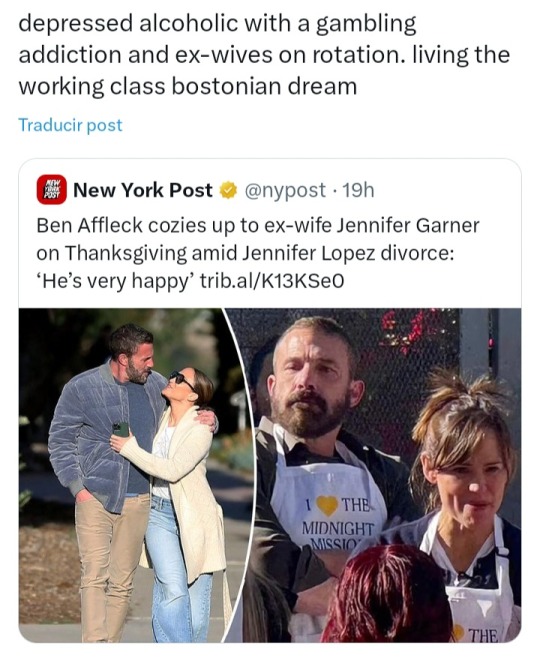
#se me jijean los jijolines 😂😂😂😂#they could never make me hate u mr affleck i respect the grind too much#this too is an important development in the doomed boston yaoi
3 notes
·
View notes
Text
The failure to rehabilitate Mew and the ways in which it unravels Ray's ending
I've been trying to reconcile my gripes with the OF finale so I can move on with my life and hopefully once this post is out of me I can be done. What was wrong with Boston's ending? What was wrong with Ray's? Were they happy endings? Were they satisfactory endings? And fandom has been going around in circles around these things. What I want to talk about is the ending of the one person we never seem to question: Mew's. I think we don't question Mew because the narrative has set a tone from the very beginning that Mew should never be questioned - even though Mew does extremely questionable things - and there was a point in which fandom questioned him but I think ultimately gave up (at least I did) because it was infinitely clear that questioning Mew was never going to get us anywhere let alone answers.
So did Mew have a good ending? Mew certainly got the ending he desired: Top entirely beholden to him, Boston out of his life, Cheum back to being his sidekick and Ray no longer inconveniently in love with him or drunk out of his mind all the time.
But is getting everything he desires, actually good for this character? This is such a frustrating character to me because he experiences exactly zero growth. Boston grows a lot, Ray is growing though his honeymoon phase brain does make me question whether it's realistic/sustainable - but Mew? Absolutely nothing. This character has since day one shown a complete inability to compromise or put anyone's needs above his own (except perhaps under the extreme duress of Ray killing himself). Top and Mew's own mother point out how he's very judgemental and yet other than getting his head out of his ass about Boeing nothing really happens with that. He's never able to or even asked to be accountable for the way in which he slutshamed Top and fueled his insecurities that even allowed for the whole BostonTop debacle to happen. And the final time that he's presented with the opportunity to be a human being, to self reflect, to show some goddamn compassion, handed to him on a silver platter by Cheum? He botches it, he fails to recognize Boston's humanity and in one fell swoop rejects his own. Boston is the only person in Mew's friend group - in the entire show - that challenges his viewpoints and Mew chooses to put his head in the sand and cut him out! Boston will be just fine without Mew but I'm not sure that Mew will be without Boston. Mew is barely a person, Mew is the judge, jury and executioner of some fucked up status quo of good queer morals and that's all he stays! People rejoicing at Ray throwing down with Boeing are so confusing to me - this is what Ray has been about since episode one! Was Ray's ability to throw hands and willingness to do so in service of the ones he loves ever in question? Didn't Sand use this exact character trait to manipulate Ray into executing his Top revenge plan? THIS - This is what sets Sand apart from the rest. The benchmark of Ray's love for him

For once in his goddamn life Ray chose to be someone different. He chose to be Sand - someone who puts another person's love, another person's well being first even at great cost to himself.
This mirrors what Sand had done for him earlier in supporting his relationship with Mew:

And they're different people so they have different ways of executing this support (Sand is sad while Ray is angry) but Ray remembers what Sand did for him and he's trying to do the same. We could have let it play out and have Sand choose him like Ray chose Sand (delicious narrative mirroring PLUS Ray still could have bitten Boeing's head off after that! we could have had it all!!!!!!) But instead we get this

and this ????

Ray was totally convinced by Boeing's confession that he still loves Sand so WHO even put this idea in his head that Boeing isn't sincere? Boeing isn't in love with Top. His whole DEAL with Mew was to fuck so he could take revenge on Top. So WHO has decided that Boeing isn't sincere?
We have yet another sexually promiscuous gay man whose own words we cannot trust because Mew said so! And Ray being Ray does what he always does: Sand needs his protection so he throws hands in order to protect him.
Sand who has done nothing but love Ray from episode one, doesn't get to choose Ray, doesn't get to claim him. Instead, we get 'But at least my owner loves me' sfsdlkgdlgkf maddening!!!! I think I went into anaphylactic shock!!!! i was frothing at the mouth watching this unfold because wtf????
And let's hope that Boeing really wasn't sincere and that even if he was Sand would have still picked Ray because if there's one thing I know about OF it's this:
Ray and Boston were the scourges of their friend group, the slut that couldn't be trusted and the drunk that couldn't be trusted.
A friend group that has no place for Boston has no place for Ray either.
Because Ray's journey to sobriety might be his own to take but he can't actually take it alone (no one can) and when he slips, Mew (and Cheum) certainly won't be there to catch him.
#ofts meta#ofts ray#ofts mew#ofts boston#the show ending on a positive note of friendship will always be hollow#because their friendships were never developed#and the crazy thing is that the romances suffered for it#if mew could have been a better friend to boston he would have been a more compassionate lover to top
17 notes
·
View notes
Text
Man I gotta take public transport today
#sighhhhh#i hate public transport#if I could take a car I would#but this is the sf and parking is a. bitch#and it’s just as dangerous#so#🙁#this should be good for my development#I haven’t ridden on bus since like#maybe last year#and that was in Boston#but I don’t think the bus at the airport counts#yuck#that was horrible#can you tell my dad tells me I’m too country just because I don’t know/wang to take the bus
3 notes
·
View notes